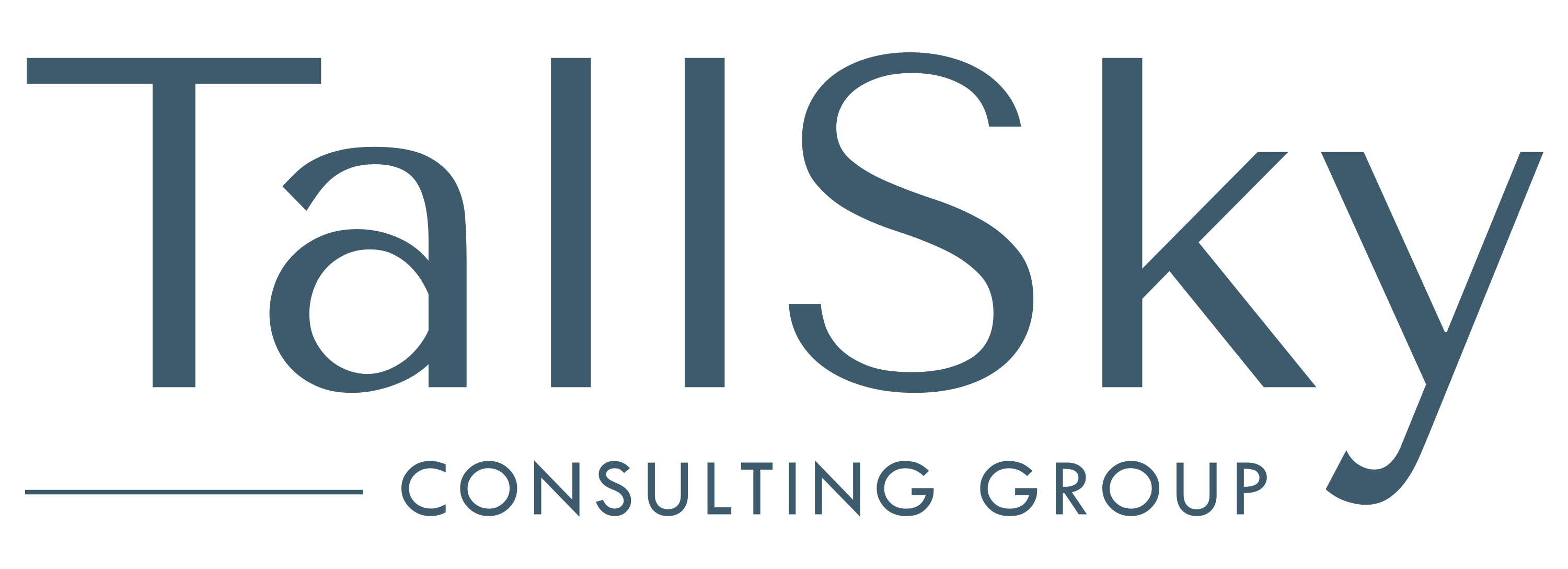
Recently we’ve been working with organizations on expanding (or establishing) their performance management process to include peer feedback.
This is a valuable piece of the feedback process and encourages continuous improvement in organizations. Where there are matrix reporting structures, employees may not do a lot of their work with their direct supervisor and peer feedback is invaluable for allowing anyone to provide input from their interactions with a colleague.
The mechanism for collecting this can range from very informal (manager asks others for feedback prior to a review), or it can be much more formalized such as a 360-review tool with a questionnaire and reporting.
Whatever you use, it is important to provide your teams and leaders with training on what effective feedback looks and sounds like. This helps to create an organization that supports this process, even when it may be hard. Good feedback should be:
- Timely – encouraging feedback during or following projects, or more frequently can help to ensure it is top of mind, and recency bias isn’t clouding our ability to recall important feedback.
- Specific – providing a set of questions to encourage colleagues to think critically about their feedback can be helpful. Rather than “tends to be late turning in work”, a more specific comment would be “on a recent project, your piece of the report was 2 late, with no communication, impacting the overall project.”
- Format – (CIR) Clarify the behaviour you have observed, specify the Impact, and then make a R From the above example, it had the behaviour and impact, but not a request. Adding “in the future if you anticipate being late, please let me know ahead of time so we can make adjustments to resources or deadlines”.
- Link to Values – how does the person live out the values of the organization? This should always be a component of any feedback process. They can do a great job technically, but if it’s done in a way that doesn’t align with the company values, there may be negative impact, or they might miss the mark in performance results
Throughout this process, leaders need to be able to facilitate these discussions and help employees to process and identify priorities and goals around this feedback. Sometimes it can be difficult to receive feedback, and it might solicit an emotional response (i.e. defensiveness, anger or confusion). Leaders need to help their employee navigate and work through the specifics to see the gift the feedback brings; this will set them on a path to continuous learning and improvement and build this culture within the organization.
Leaders may need to circle back with the giver of the feedback if it is delivered in a way that is not helpful (i.e. peer conflict or sabotage). Instances like this must be addressed if the system is going to be effective.
There are numerous performance management tools available with this process built into the system. Reminders are sent out, employees can easily enter their comments into the system sending directly to their colleague and their manager, automatically updating their file and review process. There are also more simplified ways of doing this via email, forms, etc.
Whatever your process, we spend a lot of time with our peers at work, so building this important piece into your organization’s performance management process is a value-added step worth looking at to ensure you are creating a rich feedback culture of continuous development and learning.
